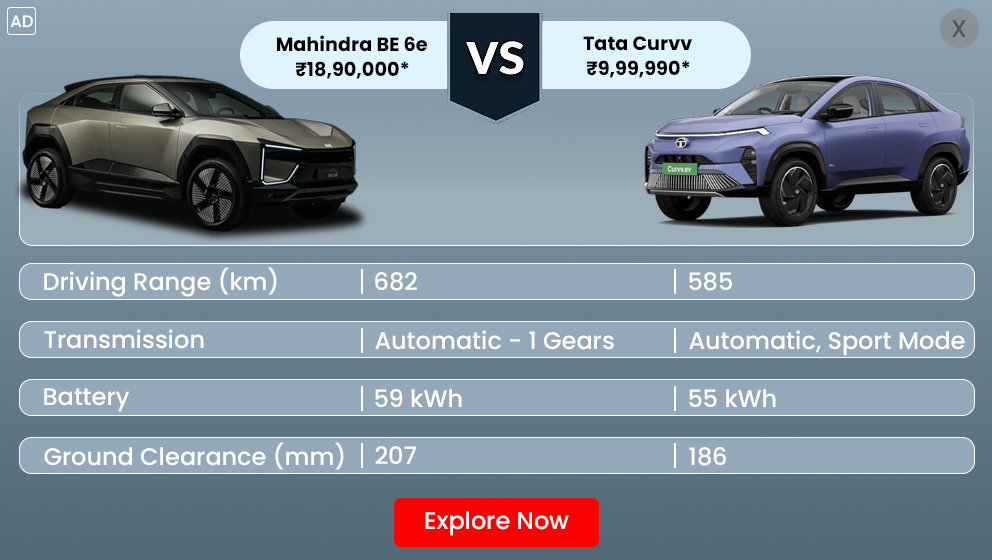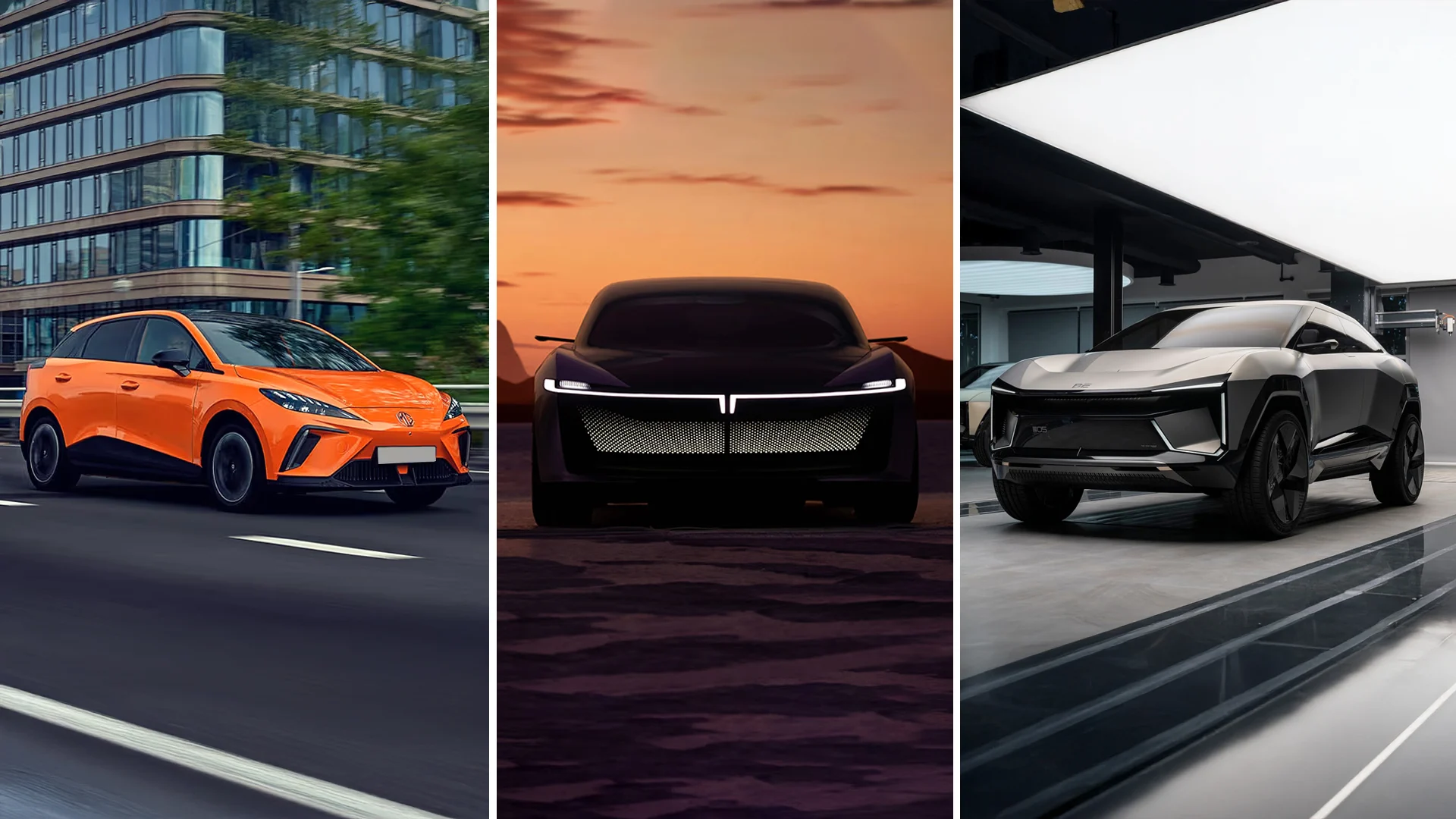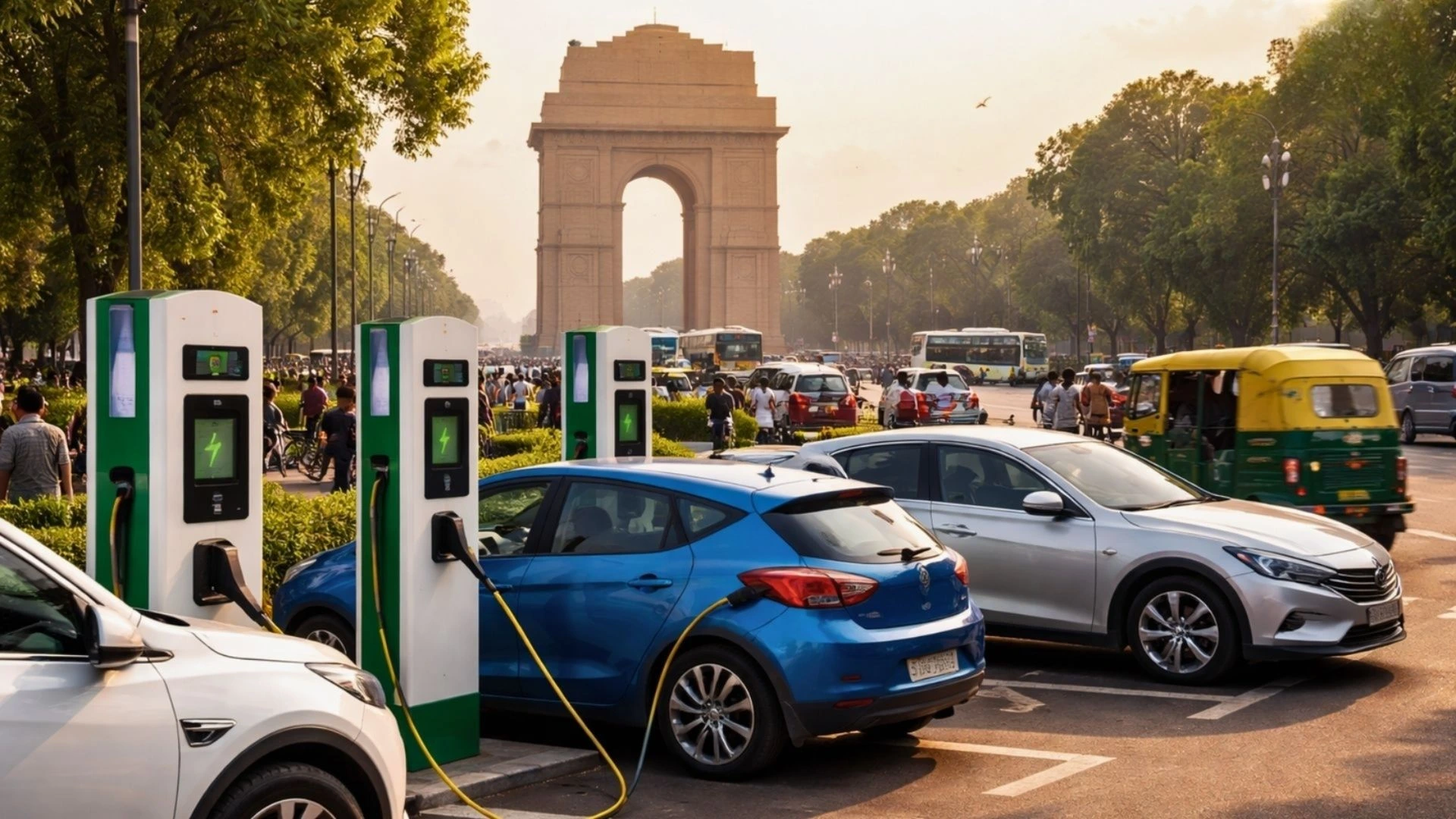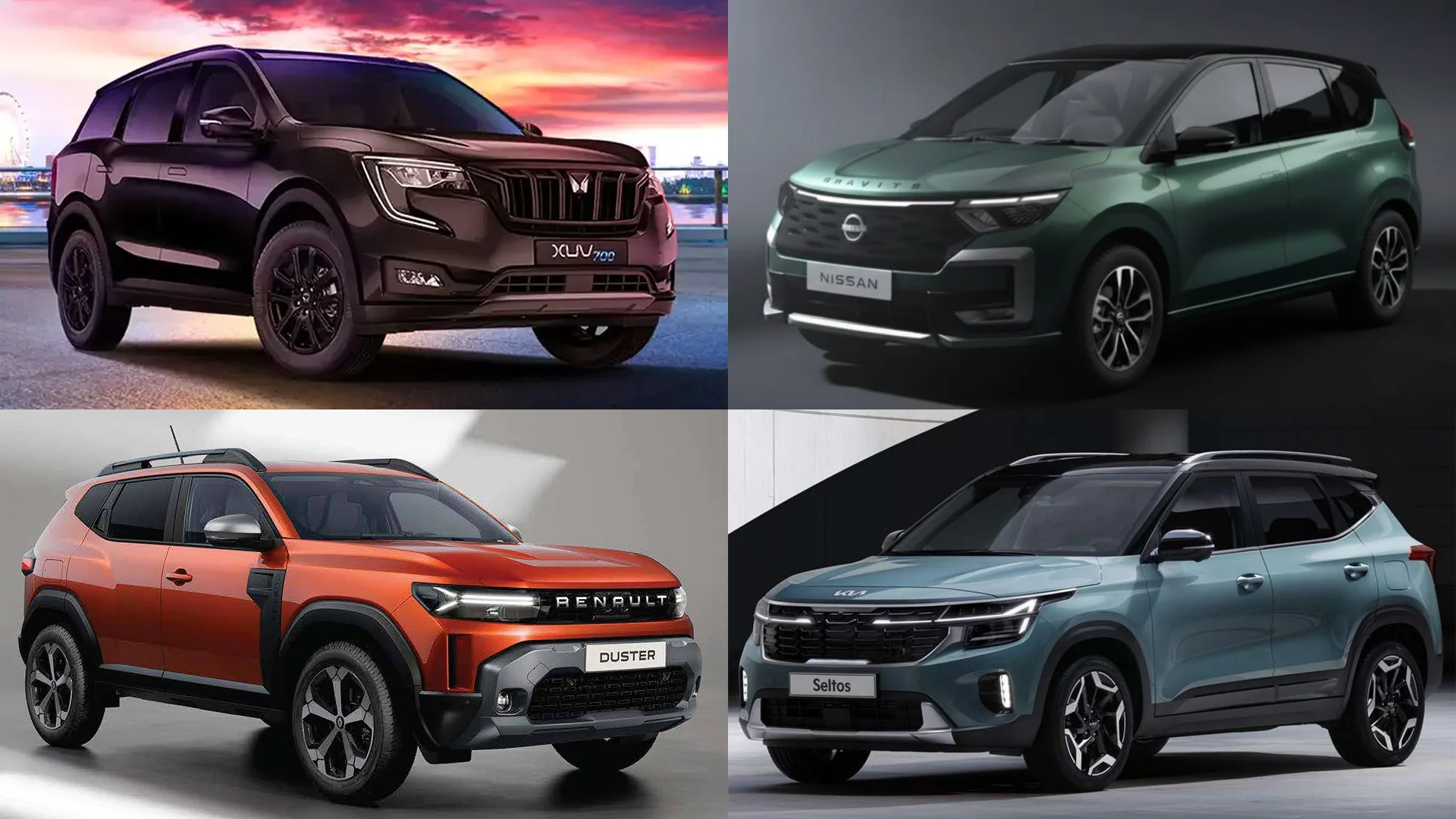- Electric cars are likely to be cheaper
- New personal income tax regime has been announced
India's Finance Minister Nirmala Sitharaman presented the 2023-24 Union Budget with a strong focus on green energy and making electric vehicles more accessible to the masses. Interestingly, the government has also increased the income limit from 5 lakhs to 7 lakhs in the new system.
The following are the most important highlights of the auto sector in the Union Budget 2023.
Electric cars are likely to be cheaper
The government has announced the removal of customs duty on specific goods and machinery needed to manufacture lithium-ion batteries for EVs. This is expected to eventually drive down the price of locally manufactured EVs in the country. The new announcement is likely to encourage electric vehicle manufacturers in the country to increase their product range.
Stronger focus on flex-fuel vehicles
The Indian government has denatured ethyl alcohol (also known as ethanol) for use in the manufacture of industrial chemicals. The government plans to boost ethanol production and expects cars to be fully flex-fuel ready by 2025. Cars must be ethanol-compliant for April 2023.
Special emphasis on vehicle scrappage policy
The Minister of Finance explained that more funds will be allocated for the scraping of old vehicles, including ambulances belonging to the central and state governments. As for the masses, there is no change in the benefits of scrapping private vehicles. The new development will benefit the country's car manufacturers.
Banwari Lal Sharma, CEO Consumer Business, CarTrade Tech Limited, shared his views on the Union Budget 2023-24: “The Union Budget 2023-2024 announced by Finance Minister Nirmala Sitharaman is progressive, prudent and growth-driven, to boost public saving. It is a "green budget" for the automotive and mobility sectors. Sustainability measures taken through announcements on green hydrogen and other energy sectors will help advance the government's goal of being carbon neutral by 2070. Increased capital expenditure in the energy transition is likely to spur investment and skills development in the green economy.
Viability gap funding for battery energy storage systems is also likely to create significant infrastructure, while lowering capital equipment fees for lithium battery manufacturing will facilitate faster adoption. of electric vehicles.
Increased infrastructure spending, construction of 50 new airports and heliports, and construction of 100 transportation infrastructure projects are welcome steps, as is centralized support for the replacement of old vehicles. All of this should boost consumption and overall demand for vehicles.
Also Read: Maruti Suzuki achieves 25 million cumulative domestic sales in India










 (1)_1766386591.webp)